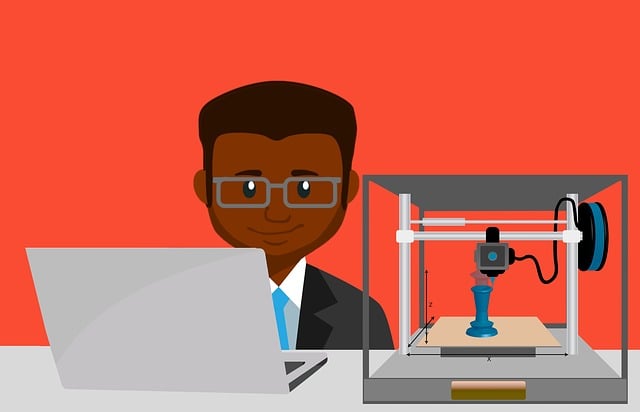Prototyping is a crucial step in the process of bringing your new product ideas to life. Whether you’re an aspiring entrepreneur or a seasoned designer, understanding how to create a prototype is key to refining your concept and ensuring its success.
In this blog, we will explore the essential steps to help you make a prototype for your new product design. Not only will this technology help you unleash your creativity in the realm of electronics manufacturing but you will know how to work more efficiently around prototypes.
So, let’s dive in!
Understanding the Purpose of Prototyping
Before diving into the prototyping process, it’s crucial to define the goals and objectives of your prototype. Ask yourself: What problem does your product solve? Who is your target audience? By identifying these key aspects, you can tailor your prototype to meet specific needs and address potential challenges.
For instance, if you’re developing an electronic device, understanding the intricacies of electronics manufacturing will enable you to create a prototype that reflects the functionality and features you aim to deliver.
Choosing the Right Prototype Method
With a clear purpose in mind, it’s time to select the most suitable prototyping method for your product. Various options are available, including 3D printing, handcrafted prototyping, or digital simulations. Consider the advantages and limitations of each method in the context of electronics manufacturing.
Are you looking for a quick and cost-effective solution? Then 3D printing might be the way to go. Alternatively, if you require a more intricate prototype, leveraging digital tools can help you achieve a higher level of detail.
Sketching and Conceptualizing
Now that you have an idea of your prototype’s purpose and the chosen method, it’s time to let your creativity flow. Begin with rough sketches and brainstorming sessions, exploring different design possibilities.
As you refine your concept, consider the specific requirements of electronics manufacturing, such as incorporating circuit boards or ensuring space for wiring and connectors. Utilize digital tools to create detailed concept drawings that will serve as the blueprint for your prototype.
Creating a Basic Prototype
Once you have a solid concept, it’s time to roll up your sleeves and create a basic prototype. Gather the necessary materials and tools, keeping in mind the electronic components required for your design.
You may put together a low-fidelity prototype using easily accessible materials by drawing on your knowledge of electronics manufacturing. This initial version will serve as a starting point for testing and iterating on your design, ultimately refining it further.
Advanced Prototyping Techniques
Explore cutting-edge strategies that take use of electronics manufacturing principles to take your prototype to the next level. To produce more complex designs, explore the realm of 3D modelling and computer-aided design (CAD) tools.
If your product has intricated electrical components, think about soldering them into the prototype or connecting them to a microcontroller. You may test the functioning and viability of your prototype by pushing its limits.
Testing and Gathering Feedback
Prototyping isn’t just about building a physical representation of your idea—it’s also an opportunity to gather feedback from potential users. Conduct usability tests with individuals who fit your target audience, allowing them to interact with your prototype and provide valuable insights.
Feedback will help you identify areas for improvement, allowing you to refine your design and ensure it meets the needs of your intended users. In the realm of electronics manufacturing, this stage is particularly vital to ensure optimal usability and performance.
Presenting and Pitching the Prototype
Once your prototype has undergone iterations based on user feedback, it’s time to showcase its potential to stakeholders and potential investors. Prepare a compelling presentation that highlights the key features and benefits of your product. Share insights gained during the prototyping process and address any questions or concerns effectively.
By emphasizing the thought and effort put into electronics manufacturing, you can instill confidence in your audience and garner support for your venture.
Refining and Finalizing the Prototype
With valuable feedback and stakeholder input, refine your prototype further. Incorporate suggested design changes while considering factors such as manufacturability, cost, and scalability. Collaborate with experts in electronics manufacturing to evaluate the feasibility of your prototype and streamline the transition to mass production.
This stage is crucial for ensuring that your prototype is not only functional but also economically viable for large-scale manufacturing.
Final Words
Prototyping is an exciting journey that allows you to transform your innovative ideas into tangible realities. By understanding the purpose of prototyping, choosing the correct method, and iterating on your design through testing and user feedback, you are well on your way to creating a successful product.
So, embrace the power of prototyping, unleash your creativity, and embark on your journey of electronics manufacturing innovation. The possibilities are limitless!

0 Comments